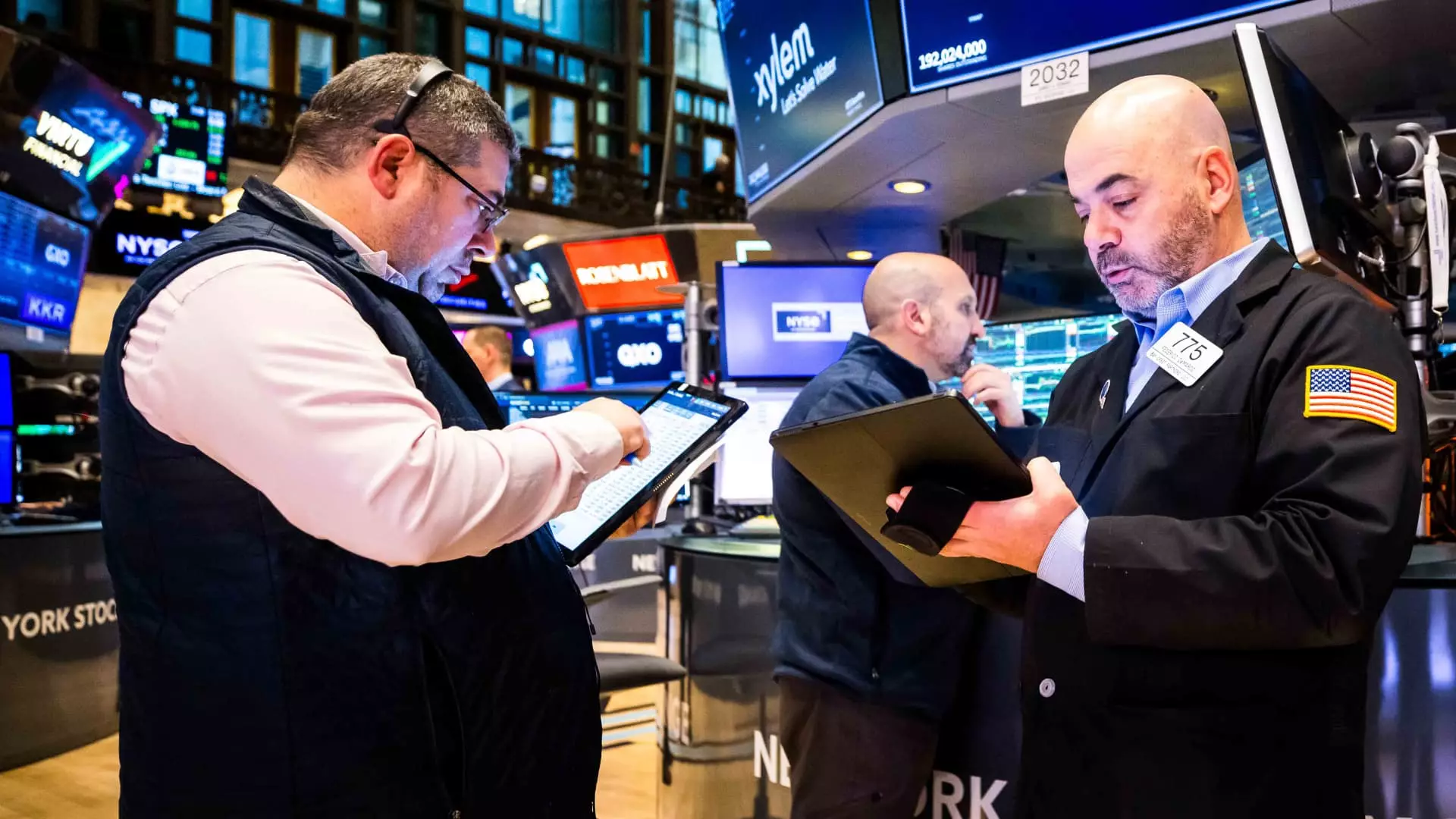The art of stock picking continues to intrigue investors, drawing interest from both seasoned professionals and everyday individuals. However, the data increasingly suggests that the reality is much more complex than the perceived simplicity of selecting stocks. Active management, which refers to the practice of trying to outperform market indices through selective stock choices, presents a significant challenge. According to recent information from S&P Global, an eye-opening majority of active managers struggle to deliver on their promise, with a staggering 73% underperforming their benchmarks within just one year. This figure swells alarmingly to 95.5% over a five-year horizon, and after 15 years, virtually no active manager is able to surpass market returns consistently.
Charles Ellis, a notable name in investment circles and a staunch advocate for passive index investing, suggests that this disheartening trend in active management is unlikely to change anytime soon. Although some industry insiders express concerns that the rise of passive funds will spell doom for active management, Ellis counters that the presence of active managers will remain buoyant in the market. He articulates the paradox of a continuously expanding pool of talent in active management, suggesting that the allure of high compensation and the thrill of the profession keep many individuals entering this space. However, this influx does not necessarily translate into superior investment outcomes, leading to a surplus of skilled professionals all vying for limited market opportunities.
Contributing to this complex scenario, industry expert Dave Nadig noted that active managers are not on the verge of extinction, as they have actually experienced substantial inflows over the past year. January alone saw a surge of investment into active exchange-traded funds (ETFs), yet the stark reality remains that their performance remains comparatively subdued when matched against the massive inflows into index funds. Nadig stresses that the majority of new investments are flocking towards simpler, more straightforward financial products, often driven by less experienced, unsophisticated investors.
As investment products evolve, the ETF landscape is undergoing significant transformations, characterized by an influx of options and decreased fee structures. Ellis, who gained prominence as the founder of Greenwich Associates and served on the board of Vanguard Group, applauds these developments but simultaneously expresses concern regarding the broader implications for investors. The proliferation of ETFs raises new red flags about certain investment products that are designed more with the salesperson’s interests in mind rather than the end investor’s needs. This point is particularly salient with regard to specialized ETFs, including leveraged funds, which promise substantial returns but also invite high levels of risk due to their volatile nature.
Nadig highlights a critical insight: technology has leveled the playing field for investors. The widespread availability of advanced computational tools has rendered traditional competitive edges virtually obsolete. This phenomenon means that even the most skilled active managers face an uphill battle against one another, often leading to collective underperformance driven by the intelligence and strategies they collectively employ. The irony lies in the fact that the advanced skills and methodologies employed by these active managers tend to negate each other, resulting in lackluster performance and diminished returns.
In light of these challenges, Ellis counsels investors to adopt a discerning approach when selecting investment vehicles. He advocates for individuals to focus on identifying ETFs that align with their financial goals and risk tolerance rather than falling prey to flashy products that may come with significant pitfalls. Building a thoughtful investment strategy is paramount, as the landscape of active management continues to evolve under the weight of technology, market dynamics, and competitive pressure.
While stock picking may appear straightforward, the underlying realities present daunting challenges for active managers. The combination of excessive competition, the ascendance of passive investment strategies, and the ubiquity of market technology complicates any endeavor to outperform market indices consistently. Investors must navigate this intricate environment thoughtfully, prioritizing education and measured approaches to achieve long-term financial success.

Leave a Reply